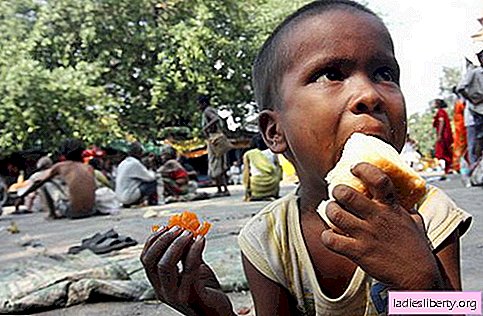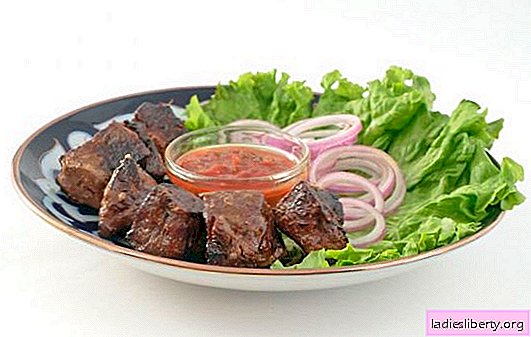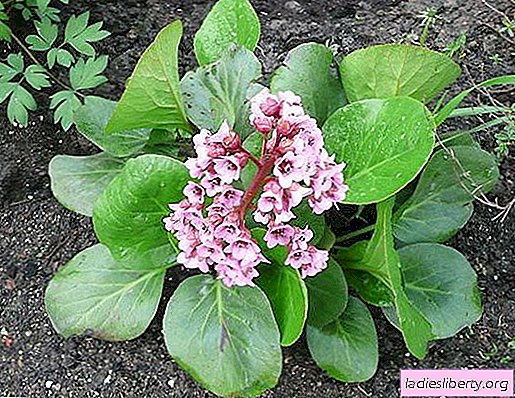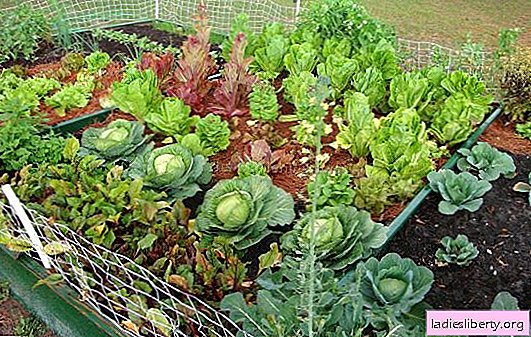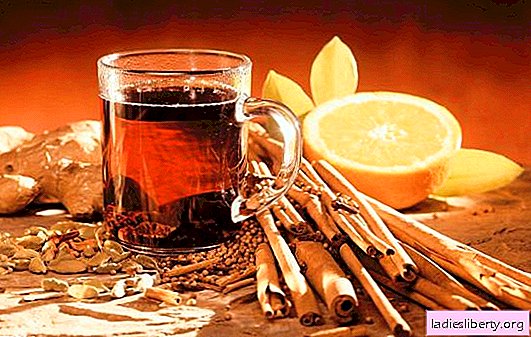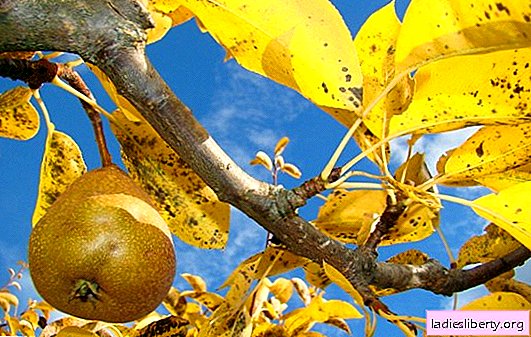
Early pear varieties ripen in July and August. Their fruits are usually juicy, aromatic, with excellent taste. But, unfortunately, due to the high juiciness and low dry matter content, they are not subject to even short storage and transportation, except for use in fresh quality and processing for juices and compotes.
Jam from them turns out to be too watery, it is almost impossible to dry slices on dried fruits.
Harvest of autumn varieties ripens in September. These fruits are more dense and prone. They make excellent workpieces: slices do not boil in compotes, thick jam, dried fruits of excellent consistency. Filmed to the peak of ripeness, they are able to be stored for 1-2 months.
Winter pears are harvested in October and even in early November. At this point, they are still solid and not too tasty. Taste, aroma and tenderness their flesh acquires only after some time after storage, but in the fresh state they have the opportunity to lie until the middle of winter, and in special stores until spring.
It seems logical that gardeners should have varieties of all ripening periods in the garden: for summer consumption, processing and storage. But in most cases you have to confine yourself to the first two groups.
Varieties for a long summer
The most obvious limitation is the length of the growing season. From the flowering of trees to the collection of late fruits, 5 months pass, and all this time should be warm weather. If the crop falls under early frosts, which may already be in September, then the pears will become unsuitable for long-term storage: the cellular processes in them will stop, the frost-bitten part will die out, and the pathogens of rot will penetrate the damaged skin.
Moreover, after harvesting, the tree still needs time to prepare for the winter. If frost soon strikes, then tender buds, unripened wood and roots that have not retired can seriously suffer. But even after a long fall, it is difficult to withstand severe frosts in a tree - its tissues are not dense enough, and winter sleep is not deep, because soon you need to wake up for the next flowering.
Also, a pear is inherently more drought-resistant than an apple tree, but it tolerates worse humidity. In a damp climate, it is severely affected by fungal diseases, especially scab. If the ripening varieties still have time to ripen with a small defeat, then the late fruits often lose all market value.
So, long warm spring, summer and autumn, mild winter, dry air - such natural conditions exist only in the south of Russia, in Moldova, Ukraine, the Caucasus and other southern regions. It is here that the best late varieties are traditionally grown, many of which carry the genes of local subspecies of wild pear: Caucasian, almond, olive, Syrian. To them are constantly added modern, even more delicious, elegant and resistant to disease.
The best old varieties: Kure (Williams winter), Concord, Artyomovskaya winter, Vera Kiev, Vera Michurina, Duchess winter, Pass-Crassan, Josephine, Bere Ardanpon, Winter kubarevidnaya.
Modern winter varieties: Treasure, Elena, Zest of Crimea, Emerald, Maria.
Options for northerners
Northerners will not be able to grow winter varieties. But with the autumn situation in recent years has improved significantly - zoned varieties have appeared for Belarus, the Middle Strip, even for the North-West and the Urals.
Recommended late autumn varieties: February souvenir, Mliyevskaya, Dekabrinka, Uralochka, Late Belorussian, Severyanka, Lira, Leningradskaya.
The success of their cultivation largely depends on the microclimate of a particular place and the proper agricultural technology. Late pears will grow poorly both in the lowlands where humid air stagnates, and under cold winds. The soil should be fertile, but by no means waterlogged. In damp places under the landing pits you need to arrange drainage, and the trees themselves are planted on the hills.
It is very important to maintain impeccable sanitary cleanliness of the garden, constantly fight against fungi and pathogens of rot.




